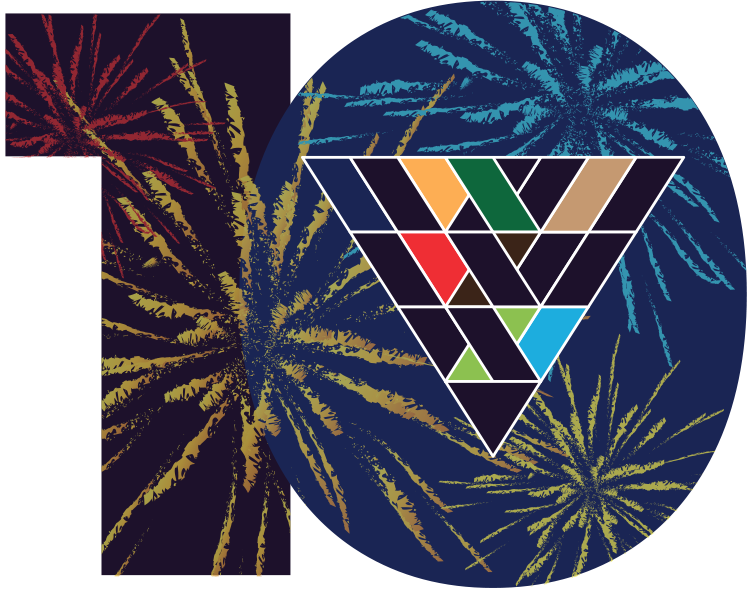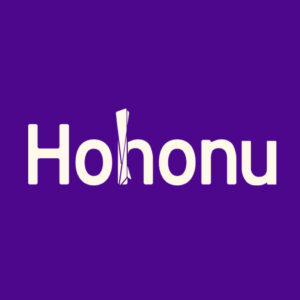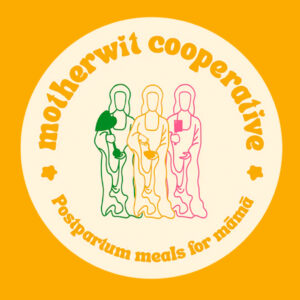At the Purple Prize we are trying to socialize a (k)new way of doing innovation that we feel is better for us in Hawaiʻi, and better for the world. We have been throwing around the term “Indigenous Innovation” in an attempt to continue a conversation about the values that we bring to the practice of innovation that are different from the status quo of innovation in Silicon Valley. At this point it might be appropriate to reflect a little on what “Indigenous innovation” and other terms might mean.
Terms can mean different things to different people and in different contexts. To some extent we have to accept all interpretations as valid. But at the same time, we can and should be thoughtful about the language we use — not to be “PC” — but to be as clear and intentional as we can be about the values we are trying to communicate and live by.
Merriam-Webster defines indigenous as “produced, growing, living, or occurring naturally in a particular region or environment.” So one could assume that indigenous innovation is innovation that occurs naturally in a region or environment.
But this definition doesn’t quite capture an important way that the word “indigenous” has been used in recent decades to describe groups of people. “Indigenous peoples” is now synonymous with or used to as an umbrella term that includes: Native peoples, Aboriginal peoples, First Nations, Native Americans, and many other culturally specific names for the peoples around the world who have lived in relationship with a land base prior to colonialism. For example Kānaka Maoli can assert that they are the Indigenous people of Hawaiʻi.
The United Nations has asserted the rights of Indigenous peoples and described the challenges facing Indigenous peoples around the world today. And a quick google search will show you how much the term Indigenous peoples is now in use and informing the way people think and act.
The widespread use of this term is the result of the hard work and struggle of Indigenous leaders and their allies to make it known that Indigenous peoples continue to exist, despite myths that they are “disappearing” or are “relics of the past.” Indigenous peoples are not all the same as each other — they come from different lands, have different languages and cultures, and may have diverse political views and life experiences. But the umbrella term “Indigenous” allows Indigenous peoples themselves, as well as non-Indigenous people, to see and highlight the common struggles that Indigenous peoples face in protecting their lands, lifeways, and cultures from being destroyed.
Given this important role that the term “Indigenous” is playing, it would be wrong to take this word and make it mean something else. “Indigenous Innovation” should refer to innovation done by Indigenous peoples.

Indigenous-led innovation is a term I like for describing innovation led by Indigenous people and supported by the collaborative efforts of a coalition of non-Indigenous allies who have aligned values and want to support innovation that is rooted in a place and led by Indigenous people of that place. We urgently need to empower the voices and leadership of Indigenous people, partly to help counter the historic wrongs of colonialism, and partly because Indigenous peoples’ land management helps counter climate change.
Place-based innovation makes sense to me as a term for innovation that arises out of the unique ecologies of a place and builds on the traditional ecological and technical knowledges of a place. Anyone can do place-based innovation; indeed we urgently need place-based innovation to address the local challenges of social inequity and climate change that have been created by global consolidations of power and extraction of resources.
Such innovation, like all innovation — whether led by Indigenous peoples or non-Indigenous people — has to be accountable and thoughtful. Innovators have to navigate and think through how the cultural knowledges of a place should be accessed with consent and honored as invaluable resources. This includes assessing and acting on responsibilities to cultural knowledge-holders, which may include providing monetary compensation or working out multiple ways to share value creation with Indigenous communities.
In Hawaiʻi today, Indigenous and non-Indigenous individuals may have a lot in common, but come from peoples with different historical experiences. For example as a descendent of Japanese settlers in Hawaiʻi, I don’t speak the Japanese language and am disconnected from my ancestral culture. A Kanaka Maoli friend might also not speak ʻŌlelo Hawaiʻi and might be disconnected from Hawaiian culture. But the historical reasons for those surface similarities are different. My family migrated to Hawaiʻi and Americanized for reasons related to historical processes in both Japan and Hawaiʻi. Kānaka Maoli were pushed off land in their own homeland and experienced the suppression/criminalization of their language and culture after the overthrow of the Hawaiian Kingdom. These different histories might also lead to different meanings that people attach to reclaiming culture and identity.
It’s easy to have empathy for the commonalities in our experiences, but it’s just as important if not more important to cultivate empathy for the parts of our histories that are different. Eventually I’ve come to the realization that our histories are different but interconnected, just as our futures are interconnected.
I’ve heard it said (and thought myself) that “we are all Indigenous to somewhere.” This phrase registers an important realization for settlers living in Hawaiʻi. At this time in history where we are encouraged to accept the commodification and watering-down of culture alongside the pollution and destruction of native lands and ecosystems, we absolutely should be asking ourselves what lands our ancestors were indigenous to, how we got where we are today, and who is indigenous to the places we call home. We should be taking the implications of these realizations seriously — because once you understand something, you have the responsibility to integrate that understanding into your values and your actions.
At the same time, “Indigenous” means something very specific to peoples facing current and ongoing threats to their cultures, lifeways, and lands. We shouldn’t water down the significance of the term “Indigenous.”
As we build a supportive community of practice as innovators who are Kanaka Maoli, Indigenous, and who live in Hawaiʻi while tracing our genealogies to other lands, we should continuously reflect on what our innovation practices and values are, and how we can describe them with clarity and integrity.



